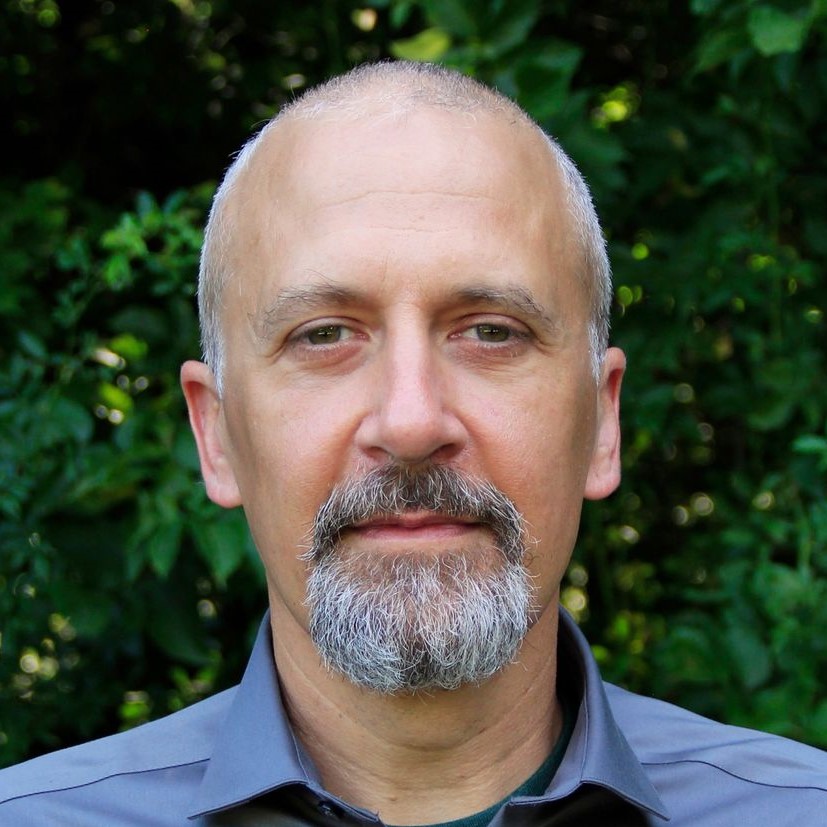The authors of a controversial, influential paper backtrack — again
Originally published at Legal Planet
Last summer, I pointed to a then-new paper in Science that concluded that planting trees could remove two-thirds of historical anthropogenic carbon dioxide emissions from the atmosphere at very low costs. At the time, I characterized the claims in it and the associated media communications as “misleading, if not false, as well as potentially dangerous.” I stand by that statement, and the authors have backtracked, not once, but twice.
To catch up: The paper’s original abstract said that the paper “highlights global tree restoration as our most effective climate change solution to date” (emphasis added for later comparison), while the original press release announced:
How trees could save the climate
Around 0.9 billion hectares of land worldwide would be suitable for reforestation, which could ultimately capture two thirds of human-made carbon emissions. The Crowther Lab of ETH Zurich has published a study in the journal Science that shows this would be the most effective method to combat climate change….
these new forests could store 205 billion tonnes of carbon: about two thirds of the 300 billion tonnes of carbon that has been released into the atmosphere as a result of human activity since the Industrial Revolution.
According to Prof. Thomas Crowther, co-author of the study and founder of the Crowther Lab at ETH Zurich: “….Our study shows clearly that forest restoration is the best climate change solution available today.” (emphasis added for later comparison)
And at the time, Crowther told a major newspaper that reforestation is “by far the cheapest solution that has ever been proposed.”
After Science published four critical comments in October (1, 2, 3, 4), the original authors responded,“We did not suggest that tree restoration should be considered as the unique solution to climate change. To avoid this confusion, we have corrected the abstract accordingly.” The abstract now states that the paper “highlights global tree restoration as one of the most effective carbon drawdown solutions to date” (emphasis added for comparison above). What’s more, the press release was edited to:
How trees could help to save the climate…
The Crowther Lab of ETH Zurich has published a study in the journal Science that shows this can be a powerful tool for drawing carbon from the atmosphere…
According to Prof. Thomas Crowther, co-author of the study and founder of the Crowther Lab at ETH Zurich: “…Our study shows that tree restoration can be a powerful tool for drawing carbon from the atmosphere.” (emphasis added for comparison above)
Today, the authors published a corrective erratum in Science. Their first concession is (written in the third person):
First, in the original version of the Report, the authors stated in the abstract and in the main text that tree restoration is the most effective solution to climate change to date. This was incorrect. They meant that they know of no other current carbon drawdown solution that is quantitatively as large in terms of carbon capture. They did not mean that tree restoration is more important than reducing greenhouse gas emissions or should replace it, nor did they mean that restoring woodlands and forests is more important than conserving the natural ecosystems that currently exist.
It is quite a journey from “the best climate change solution,” “the most effective solution to climate change,” and “by far the cheapest solution that has ever been proposed” to currently quantitatively the largest carbon removal technique.
The authors second concession is:
Second, in the main text of the Report, the authors stated that “if restored woodlands and forests were allowed to mature to a similar state of existing ecosystems in protected areas, they could store 205 GtC [gigatonnes of carbon],” and they will “reduce a considerable proportion of the anthropogenic carbon burden (~300 GtC).” This text may have given the impression that the global tree restoration potential might help to capture two-thirds of the total anthropogenic emissions to date.
While that particular text “may have given the impression,” their press release made this exact claim — twice.
The paper’s original claims were indeed misleading, if not false. But what about “potentially dangerous,” as I assert? A few months ago, I wrote a blog post that traced Crowther’s early and growing claims of the restorative potential of reforestation, to attention from billionaire Marc Benioff, to the adoption of the “trillion trees initiative” by US President Donald Trump and other Republicans who belittle the importance or existence of anthropogenic climate change. While reforestation can help remove some atmospheric carbon dioxide, I agree with Erle Ellis, Mark Maslin, and Simon Lewis, who wrote in the New York Times that “Focusing on trees as the big solution to climate change is a dangerous diversion.”
